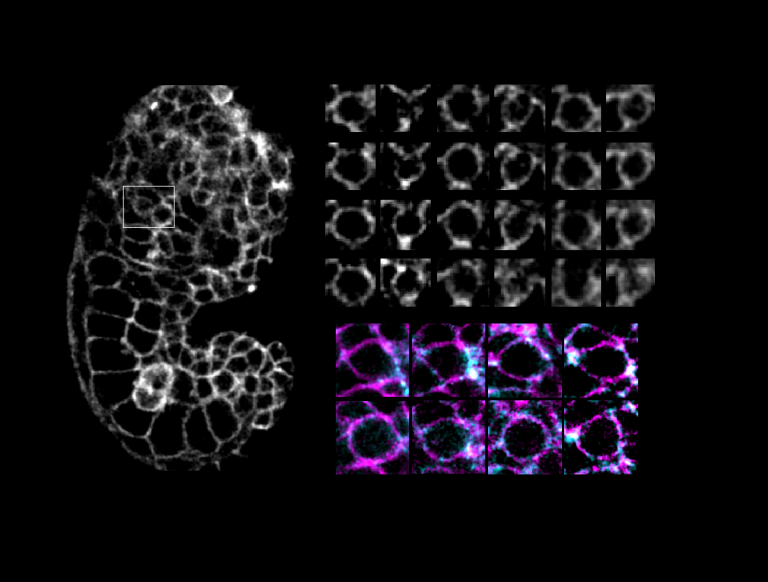PLOS Biology paper from Barbara Conradt uncovers novel interactions that impact a cell's death fate
10 October 2022
A cell’s size affects the likelihood that it will die. But how is cell size controlled in this context and how does cell size impact commitment to the cell death fate?

New research published in PLOS Biology by Aditya Sethi and Hai Wei (LMU Munich) and Barbara Conradt (UCL Cell and Developmental Biology) reveals how novel sequential and reciprocal interactions between the apoptosis pathway and cell size that impact a cell’s commitment to the cell death fate.
A cell’s size affects the likelihood that it will die. But how is cell size controlled in this context and how does cell size impact commitment to the cell death fate? The authors present evidence that the caspase CED-3 interacts with the RhoGEF ECT-2 in Caenorhabditis elegans neuro-blasts that generate “unwanted” cells. They propose that this interaction promotes polar acto-myosin contractility, which leads to unequal neuroblast division and the generation of a daughter cell that is below the critical “lethal” size threshold. Furthermore, the authors find that hyper-activation of ECT-2 RhoGEF reduces the sizes of unwanted cells. Importantly, this suppresses the “cell death abnormal” phenotype caused by the partial loss of ced-3 caspase and therefore increases the likelihood that unwanted cells die. A putative null mutation of ced-3 caspase, however, is not suppressed, which indicates that cell size affects CED-3 caspase activation and/or activity.
Research article (Open Access):
'A caspase–RhoGEF axis contributes to the cell size threshold for apoptotic death in developing Caenorhabditis elegans'. Aditya Sethi, Hai Wei, Nikhil Mishra, Ioannis Segos, Eric J. Lambie, Esther Zanin and Barbara Conradt. PLOS BIOLOGY 06/10/2022 https://doi.org/10.1371/journal.pbio.3001786
 Close
Close

